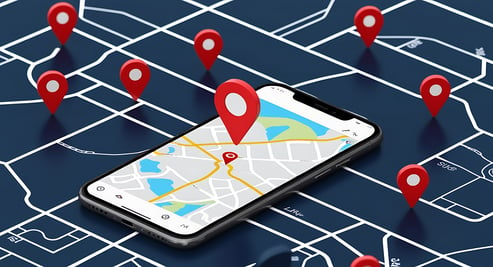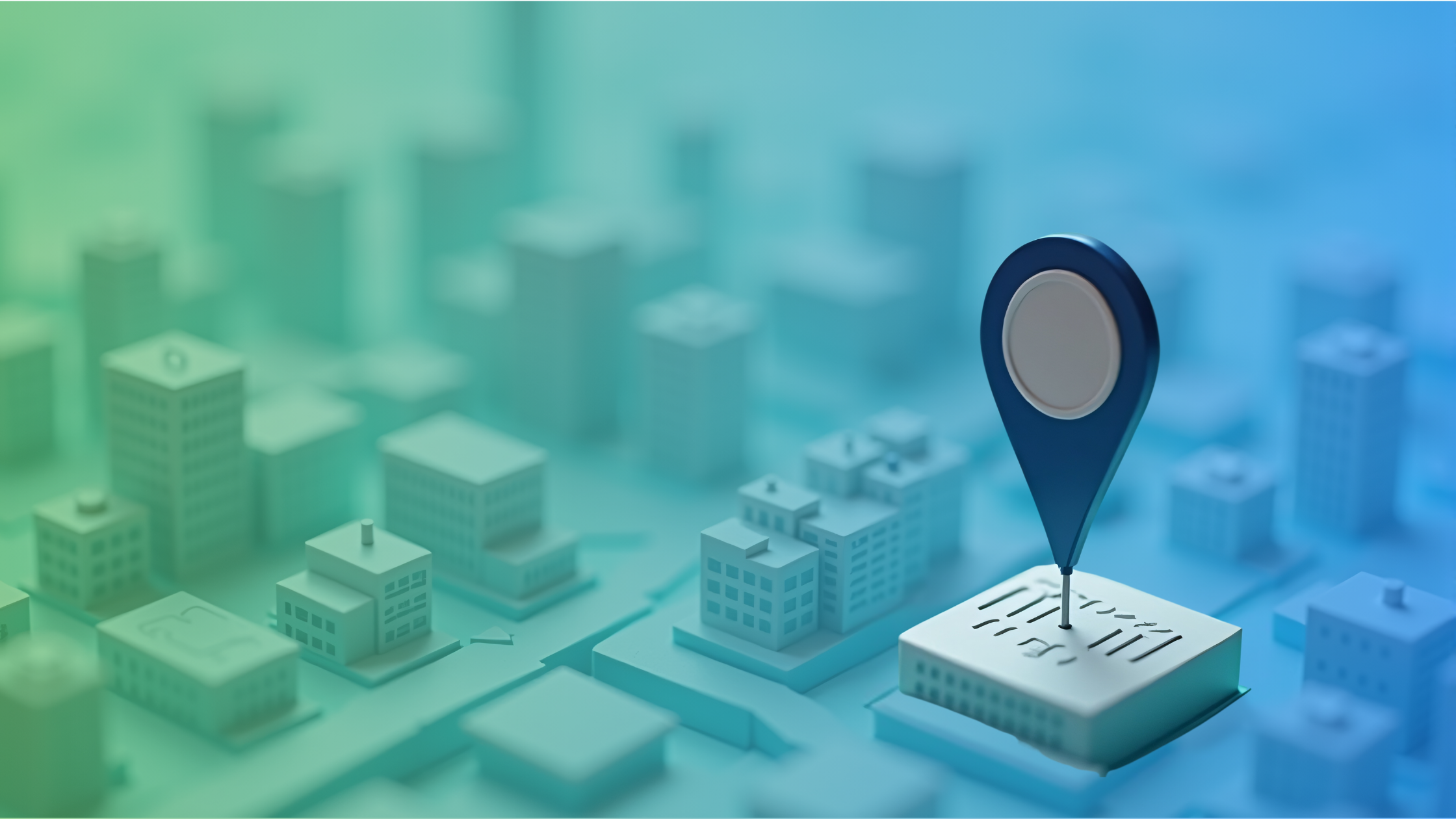Imagine a virtual fence that automatically triggers safety protocols when workers enter or exit a designated area. This isn’t science fiction; it’s geofencing, a location-based technology with the potential to revolutionize workplace safety and compliance in various industries.
What is Geofencing?
Geofencing utilizes the power of location technology to create virtual perimeters around physical locations. These perimeters can be as simple as a circle around a specific point or as complex as a multi-sided polygon encompassing an entire worksite. Here’s how it works:
- GPS, Cellular Data, RFID, or Wi-Fi: Geofencing relies on various technologies to pinpoint the location of a device. GPS provides the most accurate outdoor location data, while cellular data can be used for broader coverage. In specific situations, RFID tags or Wi-Fi signals can be used to define the geofence and track devices within the designated area.
- Software and Apps: For geofencing to work its magic, specialized software or mobile apps are needed. These applications are installed on devices carried by workers, such as smartphones or wearables. The software interacts with the chosen location technology (GPS, cellular data, etc.) and checks if the device has entered, exited, or remained within the predefined geofence.
- Pre-programmed Actions: The beauty of geofencing lies in its ability to trigger pre-programmed actions when specific conditions are met. These actions can be anything from sending alerts and notifications to workers and supervisors to automatically controlling equipment or restricting access to certain areas.
By combining these elements, geofencing creates a virtual safety net that can significantly enhance workplace safety and compliance.

Enhancing Workplace Safety
Geofencing offers a multitude of benefits for workplace safety, creating a proactive and intelligent safety system:
- Restricted Access: Geofencing can act as a virtual gatekeeper, restricting access to hazardous areas. For instance, a construction site can establish a geofence around heavy machinery zones. When a worker with a geofencing-enabled device (smartphone, wearable) enters the zone, an alert can be sent to both the worker and supervisor. Additionally, the geofence could be programmed to automatically shut down equipment if an unauthorized person enters, preventing accidents.
- Real-Time Alerts: Geofencing can be a lifesaver in situations where immediate action is crucial. Imagine a worker in a confined space environment. A geofence can be established around the entry point, and if a worker with a geofencing-enabled device exits the area unexpectedly, an instant alert can be sent to designated personnel, allowing for a swift response in case of emergencies.
- Lone Worker Protection: Workers in remote locations or those facing inherent dangers can leverage geofencing for added security. A geofence can be established around a designated safe zone, and if a worker’s device hasn’t checked in within a specific timeframe or exits the safe zone unexpectedly, alerts can be triggered, notifying supervisors and potentially initiating emergency protocols.
- Improved Emergency Response: Every second counts in an emergency situation. Geofencing can pinpoint the exact location of a worker within a geofenced zone during an emergency. This can significantly reduce response times for medical personnel or emergency responders, potentially saving lives. Imagine a worker suffering a heat stroke on a vast construction site. With geofencing, emergency teams can be directed to the worker’s exact location quickly and efficiently.
- Enhanced Situational Awareness: Geofencing can provide valuable insights into worker movement within a designated area. Supervisors can monitor worker locations in real-time, ensuring everyone is accounted for and within designated zones. This can be particularly beneficial in large or complex work environments.
Boosting Compliance
Geofencing goes beyond just safeguarding workers; it can significantly enhance compliance with safety regulations, ensuring companies operate within legal boundaries and fostering a culture of adherence:
- Enforced Safety Gear: Safety regulations often mandate the use of specific personal protective equipment (PPE) in designated areas. Geofencing can be a powerful tool for enforcing these regulations. Imagine a geofence established around a chemical processing plant. When a worker with a geofencing-enabled device enters the zone without wearing the required respirator, an alert could be triggered, reminding them to don the proper PPE or even restricting access altogether until they are compliant.
- Work Zone Restrictions: Construction sites and other work zones often have restricted areas due to ongoing operations or potential hazards. Geofencing can create virtual barriers around these zones, preventing unauthorized personnel from entering. This not only protects them from potential dangers but also ensures compliance with safety protocols established for the work zone.
- Vehicle Speed Monitoring: Speeding is a major safety concern in many workplaces, particularly those with vehicle traffic. Geofencing can be used to establish designated zones with specific speed limits, such as a school zone within a large manufacturing facility. When a vehicle equipped with a geofencing-enabled device exceeds the speed limit within the zone, an alert can be sent to the driver, or the system could even be programmed to automatically limit the vehicle’s speed until it exits the designated area.
- Automated Data Collection and Reporting: Geofencing goes beyond real-time alerts; it can also provide valuable data for compliance purposes. The software can track worker movements within geofenced zones and compile data on things like time spent in restricted areas or adherence to designated entry/exit points. This data can be used to generate automated reports, simplifying the compliance reporting process and ensuring all activities are documented accurately.
- Training Reminders: Geofencing can be a clever tool to ensure workers are properly trained before entering specific areas. Imagine a geofence established around a confined space within a manufacturing facility. When a worker enters the zone, the geofencing software can trigger a mandatory safety training reminder on their mobile device, ensuring they are up-to-date on proper procedures before proceeding.
By automating enforcement actions, creating virtual barriers around restricted zones, and providing valuable data for compliance reporting, geofencing empowers companies to take a data-driven approach to safety compliance. This not only reduces the risk of regulatory fines but also fosters a culture of safety where adherence to regulations becomes second nature for workers.
The Last Word on Geofencing in EHS
Geofencing is not just a futuristic concept; it’s a practical tool that can significantly improve workplace safety and compliance. By leveraging location-based technology, companies can create a safer working environment for their employees, ensure adherence to regulations, and ultimately foster a culture of safety within their organization.

